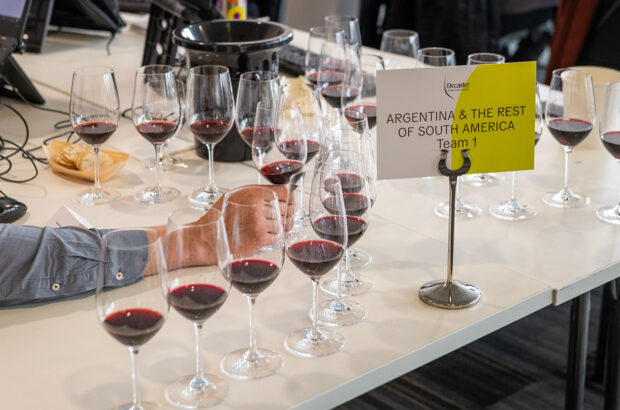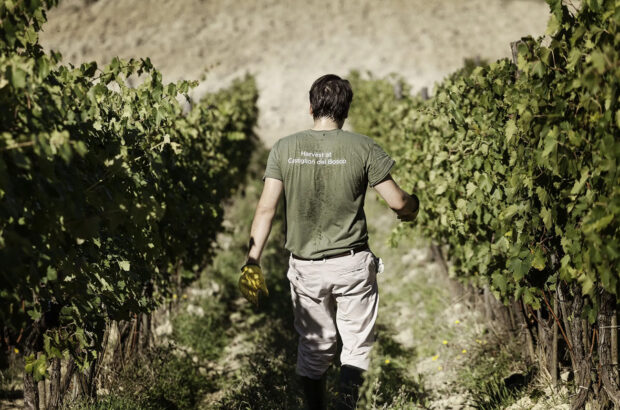No traditional dish is more evocative of the extreme fragmentation of the Italian culinary tradition than pasta. Even more than pizza, which only became widespread across the entire nation in the second half of the 20th century, pasta stands as an emblem of the country, with recipes varying from town to town.
Made with durum wheat flour, water and egg yolk if it’s all’uovo (fresh instead of dried), pasta is easy to cook, immediately satisfying and extremely affordable – hence its global success. It possesses little flavour on its own, yet the carbohydrate-derived sweetness counterbalances or complements the acidity, bitterness or savouriness of almost any ingredient.
According to a survey conducted by Unione Italiana Food, over 300 different types of pasta are currently available on the market. While spaghetti, fusilli, farfalle and penne rank among the most popular worldwide, some shapes are associated with specific regions: for instance, paccheri are synonymous with Campania; trofie and trenette are typical of Liguria; and you can’t leave Tuscany without having savoured a bowl of pici.
The origins of pasta
The Etruscans ate fried strips of pasta, but pasta as we know it today was introduced by the Arabs who conquered Sicily in the 10th century and invented the process of drying it. Dried pasta subsequently became common in coastal areas of southern Italy and Liguria but in inland areas, eating pasta all’uovo was the norm until the 1950s.
Technology has made it easier to produce dry pasta anywhere, so high quality producers are scattered all over Italy – and in other countries, too. Pure water and a fine-tuned production process are often more important than the wheat itself in determining the final result. Extrusion through bronze dies and slow drying are considered the keys to superior quality, ensuring longer cooking times and a textured surface that allows the sauce to cling to the pasta.
Most regions continue to offer various kinds of fresh pasta, ranging from stuffed pasta such as ravioli or agnolotti, to fettuccine and tagliatelle.
Pairing wine and pasta
Even though there are no specific rules for wine and pasta pairing, light to mid-weight wines with good fruit-acid balance tend to work best, while bold and excessively oaky ones are not recommended as they tend to overpower any sauce.
Pasta al pomodoro
Fruity, lightweight reds
The taste of the most simple Italian pasta varies depending on whether you use fresh tomatoes or a ready made sauce – the former usually imparts a more acidic taste, while the latter tends to be sweeter. Parmigiano Reggiano shaved on top may also lend extra savouriness.
In general, fruit-forward, lightweight reds with moderate acidity and soft tannins complement these flavours. Try an entry-level Pinot Nero or Schiava from Alto Adige.

Kaltern, Leuchtenberg, Lago di Caldaro: Kalterersee Classico Superiore, Trentino-Alto Adige Italy 2023
Spaghetti alle vongole
Medium-bodied and aromatic whites
Al dente spaghetti with garlic, extra virgin olive oil and clams is a regular feature on menus along the Italian coast. Defined by elegant yet intense sapidity, this dish works well with any medium-bodied, subtly aromatic white, including Falanghina del Sannio, an Italian summertime classic.
Spaghetti with cherry tomatoes and seafood
Mid-weight rosés
Specific kinds of cherry tomatoes such as datterino rosso complement the savouriness of fresh seafood with their delicate sweetness and light acidity. They usually match the red-fruited profile of a mid-weight rosé, and Etna Rosato offers zingy salinity that underlines the marine flavours of the dish.
Pasta al pesto
Whites with a herbal twist
The simple yet irresistible combination of traditional Ligurian pasta and a creamy sauce made with fresh basil, Parmigiano Reggiano, pine nuts and garlic immediately evokes the Italian riviera. Vermentino from the inter-regional Colli di Luni DOC, which crosses the border between Liguria’s eastern tip and Tuscany’s northwest corner, offers matching herbal flavours alongside good palate weight and judicious acidity.
Ravioli ricotta e spinaci
Lees-aged whites with crisp acidity
Ravioli filled with fresh ricotta cheese, spinach, Parmesan and a sprinkle of nutmeg are usually dipped into sage butter to maximise their flavour. Crisp acidity is necessary to contrast the fats in the dish, and delicate leesy nuances can pleasantly enhance the creamy sensation. Pinot Bianco from Alto Adige possesses the right credentials.
Pasta alla norma
The local pick
This Sicilian classic may well be the most decadent pasta dish that’s not meat-based. The high acidity of a local Frappato works best to offset the oily richness of the fried aubergine, while its juicy fruits match the tomato sauce and soften the tanginess of salted ricotta.
Fettuccine with mushrooms
Aged whites
Seasonal mushrooms are thinly sliced, cooked, and coupled with homemade fettuccine. With earthy flavours and subtle astringency as the common denominator, they match a smooth and structured white with a bit of tertiary complexity. Try Verdicchio dei Castelli di Jesi Riserva, ideally with a little bottle age.
Carbonara
Oaked whites with high acidity
The most iconic Roman pasta requires high acidity to counterbalance the richness of the egg and Pecorino Romano cream, but also enough smoothness to avoid the wine clashing with the savoury pork cheek and pepper. Full-bodied but elegant whites with a viscous structure, subtle oak influence and plenty of underlying tension work best. A white Burgundy would be a safe choice, but if you want to stick to something Italian, a good quality Soave Classico also ticks all the boxes.
Piedmontese agnolotti
Barolo
Often referred to in the local dialect as plin – which means pinch – Piedmontese agnolotti are usually stuffed with braised meat and served with a light meat and vegetable sauce or butter and sage. Tender and soft but rich in flavour, they match the pinpoint tannins and subtle tertiary flavours of an approachable but complex Nebbiolo, such as Barolo from the township of La Morra.
Ragù
Tuscan Sangiovese
Rather than a single recipe, ragù is a family of Italian dishes featuring tomatoes and meat. Bolognese only contains beef, while abruzzese ragù mixes lamb, beef and pork. Neapolitan ragù is made with a single piece of slow-cooked veal meat, and wild boar ragù is typical of Tuscany. A medium- to full-bodied Sangiovese with lively but not excessive tannins to offset the succulence of the meat is the most versatile choice; try a Chianti Classico.
















